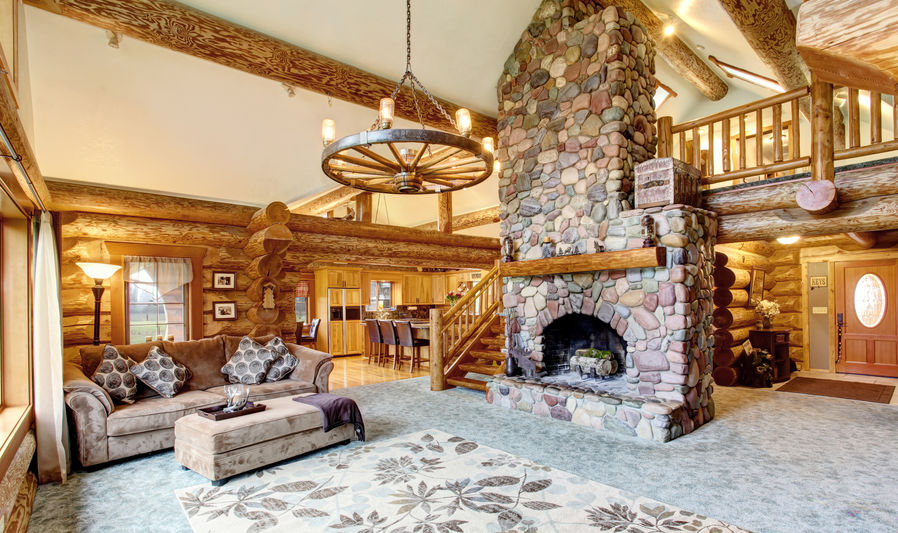The Charm and Romance of Rustic Design
Sep 15th 2020
 Have you ever walked into a pristine, ultra-modern home in concrete, metal, and glass and wondered how anyone could live in such a cold and inhospitable environment? While there's certainly something to be said for clean lines and minimalist sensibilities, many homeowners prefer a warmer and more welcoming home interior.
Have you ever walked into a pristine, ultra-modern home in concrete, metal, and glass and wondered how anyone could live in such a cold and inhospitable environment? While there's certainly something to be said for clean lines and minimalist sensibilities, many homeowners prefer a warmer and more welcoming home interior.
If you're looking for a lived-in design style that brings the outside in and celebrates the beauty of nature, you can't go wrong with simple charm and romantic appeal of the rustic design style. How can you separate this style from similar categories like country design? Are there more specific types of design that fall under the broader rustic category? What are the general characteristics of rustic design?
Subcategories
First, you should know that although rustic and country design styles are similar in that they embody rural appeal, country tends to feature unsophisticated or aged elements, as well as hallmarks particular to specific rural areas, while rustic styles are identified by rough, unfinished, natural elements and irregular or unrefined surfaces and materials.
Within the rustic category, there are several subcategories. For example, country design could fall under the rustic category if the style is characterized by earthy embellishments. Farmhouse, lodge, log cabin, Southwestern, and Western styles could also be identified as rustic with the right foundations, but they'll also have elements that separate them into individual styles, such as Navajo textiles for the Southwestern style, or checkered linens for the farmhouse style.
Wood, Wood, and More Wood
The most basic component of any rustic design is the use of wood, and this is where the style gains much of its charm and romance. The warmth of raw, natural wood is nothing if not welcoming, and it can be used in a variety of ways in a rustic interior design.
In the log cabin and lodge styles, for example, every surface may be wood, from the floors to the walls, and even the ceiling. You can get the same feeling without all the wooden surfaces by adding wooden beams to a standard ceiling or creating accent walls with weathered barn wood, just for example.
You can also add a variety of unfinished wooden accents, including rough, simple, antique tables and chairs, or even sections of tree trunks that can act as tables or low stools in and of themselves. Think creatively, use slices of tree branches as coasters and cutting boards or using wood to create lighting fixtures like lamp bases or supports for hanging lights, just for example.
You can find rustic wood accent pieces for every room in your home, from the kitchen to the bathroom. This allows you to add a few pieces, such as a mirror, before committing completely to the style.
Unrefined Elements that Add Visual Weight
Natural stone is another popular addition to rustic homes and it is often seen in fireplace surrounds, faux stone walls, and sometimes flooring. As with wooden elements, visual weight is important, which is why the rustic style typically features heavier natural features like wide wood planks and large, rough, stone surfaces.
Pattern Over Color
Many design styles favor bold color palettes, but the rustic style is not among them. Natural colors and textures are de rigueur, so added visual interest comes in the form of bold patterns, from gingham upholstery to busy Native American woven textiles (throw blankets, rugs, etc.). Colors may be muted, but patterns will definitely catch the eye and add some much-needed personality.
Another aspect of rustic patterns deals with the use of wildlife. Bears, moose and fish are often used in rustic cabin décor. Bedding and window treatments using wildlife patterns, can truly make a room feel like you are in the middle of nature.

